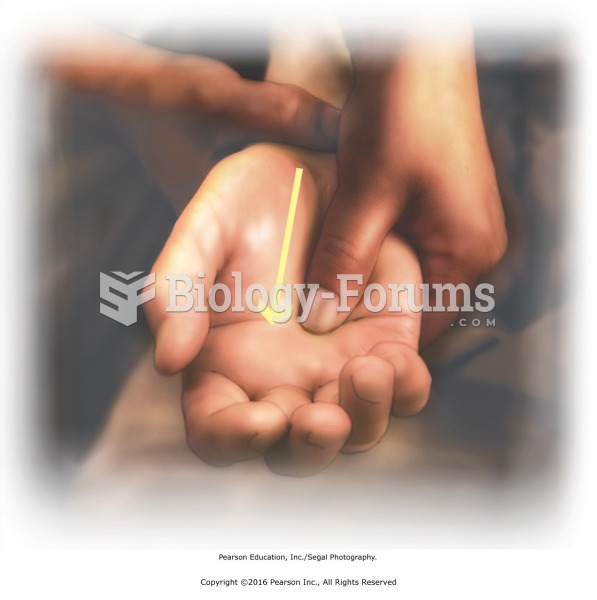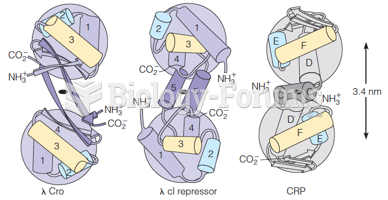|
|
|
Human neurons are so small that they require a microscope in order to be seen. However, some neurons can be up to 3 feet long, such as those that extend from the spinal cord to the toes.
Many medications that are used to treat infertility are injected subcutaneously. This is easy to do using the anterior abdomen as the site of injection but avoiding the area directly around the belly button.
Nearly all drugs pass into human breast milk. How often a drug is taken influences the amount of drug that will pass into the milk. Medications taken 30 to 60 minutes before breastfeeding are likely to be at peak blood levels when the baby is nursing.
There are 20 feet of blood vessels in each square inch of human skin.
Amphetamine poisoning can cause intravascular coagulation, circulatory collapse, rhabdomyolysis, ischemic colitis, acute psychosis, hyperthermia, respiratory distress syndrome, and pericarditis.
 Tai chi walk along straight line. From tai chi stance, shift weight to the back leg and turn the ...
Tai chi walk along straight line. From tai chi stance, shift weight to the back leg and turn the ...
 Apply pincer pressure to TrPs in sternocleidomastoid (SCM) muscle. Turn head to side to expose SCM; ...
Apply pincer pressure to TrPs in sternocleidomastoid (SCM) muscle. Turn head to side to expose SCM; ...





